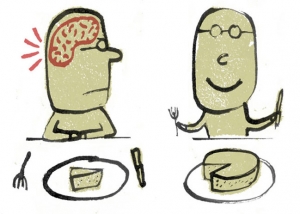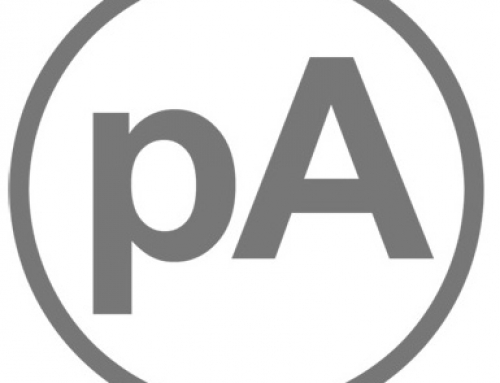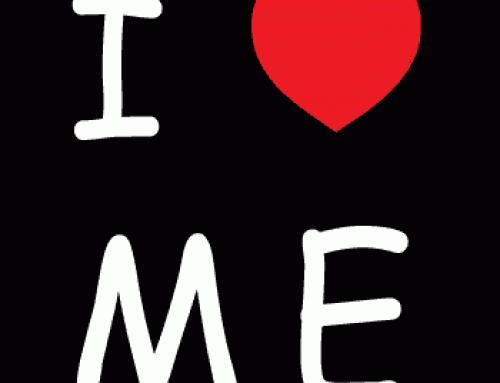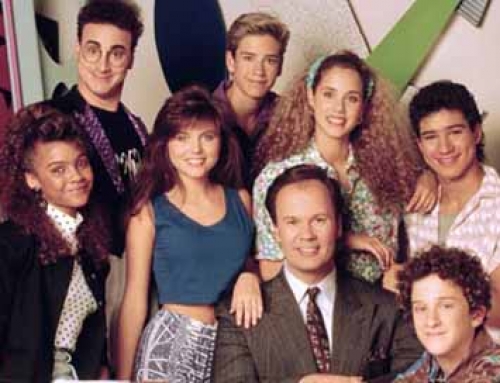 The short answer: yes. But it’s an excellent idea to first discus what’s understood as “subliminal” messages in relation to everyday marketing. There are a lot of paranoid articles out there about subliminal messages “in the media” being used to control the minds of the populous…
The short answer: yes. But it’s an excellent idea to first discus what’s understood as “subliminal” messages in relation to everyday marketing. There are a lot of paranoid articles out there about subliminal messages “in the media” being used to control the minds of the populous…
This article is not that. (And you won’t find buried secret messages here, so don’t break out the code books.)
In this post, we’re not addressing single-frame cuts of popcorn and 72 ounce sodas inside a movie trailer – that stuff gives subliminal messaging a bad name. What we mean by subliminal messages might be more accurately described as “subtle” messaging – shaping the overall marketing material(s) as a cohesive item – or better, an experience – in such a way that it leaves the viewer with an impression of something without necessarily having been explicitly told. (The “we’re just animals” example: sex sells. Put a really attractive person on a commercial moving and swaying in a certain way and we don’t have to be explicitly told to think about sex – we get the vibe. That’s the straightest line.)
In subtle marketing, the effect is that someone “gets a vibe”, or in general their general attitude changes in the direction you want as a result of the experience. That can happen by hearing words, watching a commercial, or reading a print ad. It’s not dissimilar to simple scent marketing: put a particular smell into a store and those who smell it will get an impression of happy, or warmth, hunger, or comfort.
Understand & Pick Emotions That Facilitate Your Goal
 To approach subtle, vibe-like messaging you first need to be very clear about the impression you want to leave with the viewer. It sounds bizarre, but very few people actually do that when creating ads or putting together a marketing campaign. How, literally, do you want a person to feel? What feeling will make them most likely to purchase your product (or vote for your candidate)? We all know dislike is the best motivator (when we’re not thinking about sex), but is that the best vibe-state for motivating the consumer to do what you want? This, in many ways, is the most important questions to ask yourself when creating a campaign: what emotion, what feeling, what two or three-word thought, best positions a person to do exactly what I want them do to? If you can’t answer that questions directly, try to surround it. Think of a combination that when combine end up putting someone in the mindset to say, “By golly, I really want to buy that thing right now!”
To approach subtle, vibe-like messaging you first need to be very clear about the impression you want to leave with the viewer. It sounds bizarre, but very few people actually do that when creating ads or putting together a marketing campaign. How, literally, do you want a person to feel? What feeling will make them most likely to purchase your product (or vote for your candidate)? We all know dislike is the best motivator (when we’re not thinking about sex), but is that the best vibe-state for motivating the consumer to do what you want? This, in many ways, is the most important questions to ask yourself when creating a campaign: what emotion, what feeling, what two or three-word thought, best positions a person to do exactly what I want them do to? If you can’t answer that questions directly, try to surround it. Think of a combination that when combine end up putting someone in the mindset to say, “By golly, I really want to buy that thing right now!”
For those who like lists, many have narrowed down purchasing decisions to a handful of key emotions that make people want to buy:
- Greed
- Fear
- Shame / Envy / Pride
- Physical Desire
- Altruism
… OK… so how does that help you? You probably have heard the wonderful phrase on late-night infomercials, “Avoid disappointment and future regret”. I’ve heard that used in at least three different English speaking countries. That combines fear with shame, and (sadly) tends to motivate people to pick up the phone because, being human, we don’t want to miss out while also being accepted by those around us. But of course, that’s an explicit example, not a subtle, subliminal-esque marketing message.
I want you to expand the above list. Those are the most base reactions, but you can use much more specific feelings in your marketing efforts depending on what you’re selling.
How To Use Emotions To Your Benefit In Subtle Marketing
We’re only focussing on print for now. Web and TV commercials, quite honestly, are a bit easier since people are naturally influenced by motion and flashing lights. So let’s look at ad copy.
Assuming you have narrowed down the feelings that are best suited for the action you want people to take: do NOT write copy. Instead, pick single words that best create the feeling you want to create. Just throw all the words into a bucket or onto a list. We’ll call these the vibe words. When you have a lot, whittle them down, and rearrange as if a puzzle. Is there a particular order that works together to create a stronger impression?
Now try creating very short, individual sentences that use those words and place them generally in the same location in the sentence (e.g. maybe you construct it so the vibe words are all first or last in each sentence; think of it a little bit like a song).
Now make all the sentences shorter.
Five words if you can.
Got it?
Good.
Now you have a handful of short sentences that mean something individually that’s about the product or service, but when placed inside the right context, can combine to leave the impression or feeling you’ve decided to target.
Speaking of placement: it’s time to think about how impatient and lazy we are. Most people will glance and your ad, and if you’re lucky, you’ll have their attention for a couple seconds. Given that truth, you need to place these vibe-creating short sentences in such a way as to, ironically, encourage a glimpse of the ad rather than a full read. This is where your imagery and layout also come into play.
Use Direction and Attention In Your Print Ads
In English we read left to right. That’s a good place to start. Our eyes also naturally move towards faces (and if you’re male, apparently crotches – no joke – regardless of species). Unlike our favorite pets, our eyes also tend to move towards whatever someone else’s eyes might be directed, or where a finger is pointing. Our eyes tend to move from dark to light (unless the direction is down, in which case they move from light to dark). On average women prefer warm colors while men prefer cool. Blue tends to read as high quality, while black tends to read expensive. Red reads lust. Green envy.
You have a handful of known human attention tendencies and biases that can be used to direct, or guide a person’s attention across an ad when they are glancing at a page.
Use it.
Using light vs. dark, a simple arrow, and which direction a person in a photo is looking, you can make the viewer’s eyes zigzag left to right on the page. Then place your keywords and logo or name inside that “glance line”. Outside a photo of an absurdly attractive person, it’s your best chance at creating and emotion in the viewer.
This isn’t creating a secret code, it’s facilitating feeling when you only have one or two seconds to do so. If you manage to create it, then they’ll go back and actually read the ad.







